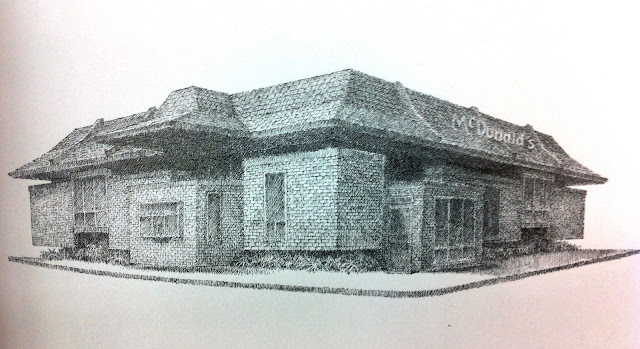recently I've been going through the great Civic City Cahier series,
from the lovely folks at Bedford Press (and fellow ASAPers)
which deals with how we deal with the world
as architects, designers, artists.
mostly, with how we can keep producing for a world economy
that seems to only want to screw us up
1st from the series was Margit Mayers Cahier #1, Social Movements in the (Post-) Neoliberal City suggests a strategic negation of design as a tool for creating cities based on values other than just profit. Picking up a strand of thinking started with Henri Lefebvres' Right to the City, Mayer seems to suggest cities where conflict is a positive tool. Even though she positions the problems of the city quite well, I think the line of thinking does not take us much farther than the Occupy and Indignados movements.
next on my list was Cahier #5, Eric Swyngedouws' Designing the Post-Political City and the Insurgent Polis focus on the anger that has been recently surfacing in public space. He talks about returning to public space as an inherently political platform, away from the comme-il-faut capitalism of the endless megabrand franchise globalisation and the hopeless and almost banal explosions of anger: "Resistance as the ultimate horizon of urban movements has become a hysterical act; a subterfuge that masks what is truly at stake - how to make sure that nothing changes." Swyngedouw suggests we reclaim the Polis by moving closer to public space as an arena of dispute and even conflict, concluding with three points: to start by thinking of of a free public urbanity, to allow space for Speech, even if that is utopian speech, and third to go beyond the fantasy of neoliberal marketplace which keeps us in fear of a crisis, to accept that the catastrophe has already happened, that we are already within the collapse of a civilization and we just need to choose sides.
Cahier #3 though seems to be taking everything a step further, and I guess the numbering is not sequential, since Cahier #4 has yet to come out. (and sadly Cahier #2 is out of print, I guess I missed it)
Tom Holerts' Distributed Agency, Design's Potentiality goes beyond the refusal and resistance of the previous volumes, towards a place where design has joined the system of post-capitalism and attempts to make changes from within, not against. Holert suggests design is a practice of distributed agency, a social, political, anthropological, aesthetic and even engineering practice, and says that what we need to be designing is not participants into the system, but the system itself. As I was reading this, I kept imagining that it would lead to a designing of how space is distributed, how buildings are sold, how construction companies get control of land, how developers actually profit from public space. If we could re-design this system, we would be redesigning our cities, we would be retaking control of public space. In fact, instead of buildings and spaces we should be busy designing political systems. I was taking these thoughts further and further as I've been for the last 6 months working on such a project, to be posted quite soon in this blog.
Yet Holert goes in another direction, perhaps equally interesting. He suggests the space of collaboration, and of the artisan as practices that can withstand the neoliberal tsunami, he imagines economies of community, new ways of "being together", of re-designing the city, improving inherited designs via micro-alterations that engage with the local, of design facing it's own responsibilities in the current landscape.
Maybe we can do even more? as Holert quotes somewhere :
"If you're going to be a corporate tool, at least be a good one."























































































